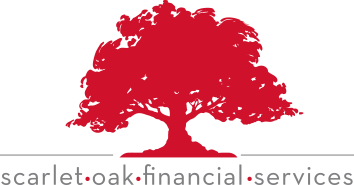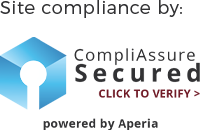Introduction
When purchasing a home with a down payment of less than 20 percent, lenders typically require private mortgage insurance (PMI) to protect their investment. PMI helps reduce lender risk by covering a portion of the loan if the borrower defaults. Understanding how PMI works, what it costs, how it can eventually be removed, and the available alternatives can help you make informed decisions and better manage your long-term mortgage expenses.
What is private mortgage insurance (PMI), and why do you need it?
If you are applying for a conventional mortgage and have a down payment of less than 20%, your lender may require you to have private mortgage insurance (PMI). Low down payment mortgages are somewhat risky for lenders because they believe you are more likely to default on a loan in which you have very little invested. For this reason, lenders generally require PMI if you are borrowing more than 80% of the value of the home you are purchasing (i.e., your down payment is less than 20%).
How much does PMI cost?
PMI premiums vary depending on the insurance company, but they are usually based on factors such as the type of mortgage loan and the loan amount. PMI premiums are often paid to your loan servicer along with your monthly housing payment (principal, interest, taxes, and insurance). Although PMI can be expensive, you may be unable to qualify for a mortgage without it.
Can PMI ever be removed?
If you are concerned about taking on PMI payments, keep in mind that you may not have to pay PMI forever. For loans originated after July 29, 1999, your lender is obligated to cancel your PMI when the principal balance on your loan is scheduled to reach 78% of the original value of your home or once you have reached the midpoint of your loan’s amortization schedule, provided you have a good payment history. Or, you can petition your lender to remove the PMI if you have a good payment history and reach 20% equity in your home.
Are there any alternatives to paying PMI?
If you don’t have at least 20 percent for a down payment, there are a couple of alternatives to paying PMI. Consider asking if your lender is willing to increase your mortgage interest rate rather than require PMI coverage. Your monthly payment will increase by roughly the same amount as the monthly insurance premium. However, mortgage interest is generally tax-deductible, whereas PMI payments are not. Moreover, if you’re able to make prepayments against your mortgage principal, you’ll save on the total interest charge you’ll pay over the term of your mortgage.
Another alternative to paying PMI is 80-10-10 financing (also known as piggyback financing). With this type of financing, a lender provides a traditional 80 percent first mortgage. You then obtain a 10 percent second mortgage and make a 10 percent down payment. Keep in mind that 80-10-10 financing can be altered to accommodate the size of your down payment (e.g., you could put 8 percent down and obtain 80-12-8 financing). However, the lower your down payment, the higher the loan fees and interest rate may be.
Conclusion
Private mortgage insurance can be a necessary stepping stone to homeownership for buyers who cannot meet the 20 percent down payment threshold. While it adds to your monthly costs, PMI may allow you to secure a home sooner. The good news is that PMI is often temporary, and there are strategies to eliminate or avoid it entirely. Exploring removal options, refinancing, or alternative financing methods like piggyback loans may help reduce your overall borrowing costs. As always, review your options with your lender and a financial advisor to determine the most cost-effective and suitable approach for your situation.
Scarlet Oak Financial Services can be reached at 800.871.1219 or contact us here. Click here to sign up for our newsletter with the latest economic news.
Source:
Broadridge Investor Communication Solutions, Inc. prepared this material for use by Scarlet Oak Financial Services.
Broadridge Investor Communication Solutions, Inc. does not provide investment, tax, legal, or retirement advice or recommendations. The information presented here is not specific to any individual’s personal circumstances. To the extent that this material concerns tax matters, it is not intended or written to be used, and cannot be used, by a taxpayer for the purpose of avoiding penalties that may be imposed by law. Each taxpayer should seek independent advice from a tax professional based on individual circumstances. Scarlet Oak Financial Services provide these materials for general information and educational purposes based upon publicly available information from sources believed to be reliable — we cannot assure the accuracy or completeness of these materials. The information in these materials may change at any time and without notice.



